Reading Comprehension Text and Exercises
Europe's Smallest Countries
From the Pope's Home to the Cradle of Mediterranean Civilization
The total number of countries in Europe currently stands at 50, with some countries like Russia spreading across several time zones. Others, however, are so small it would be possible to walk or cycle along their borders in less than a day. In spite of their size, each of these countries has something very special to offer to the curious tourists.
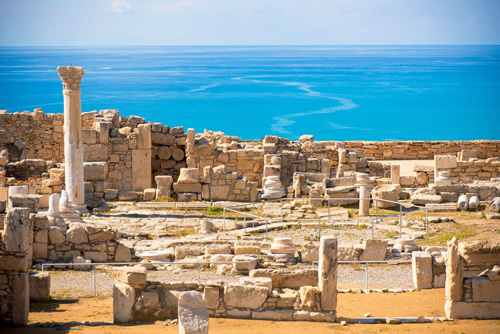
Click Here for Step-by-Step Rules, Stories and Exercises to Practice All English Tenses
Vatican City
In Latin, Vatica or Vaticum means "garden", and this country got its name from the general area where it is located, which the Romans called "garden territory".
Located in the heart of Rome, Vatican is the smallest country in the world. This city-state, also known as the Holy See, is the Pope's home and the center of the Catholic Church. Although it occupies only 0.17 square miles (0.44 km2), Vatican City is densely populated with its 1,000 residents.
The biggest church in the world, St. Peter's Basilica, holding important Christian art works, is also located there. Because the country has no industry, the economy of Vatican City is supported by selling post stamps, souvenirs and publications, and charging admission fees to enter museums.
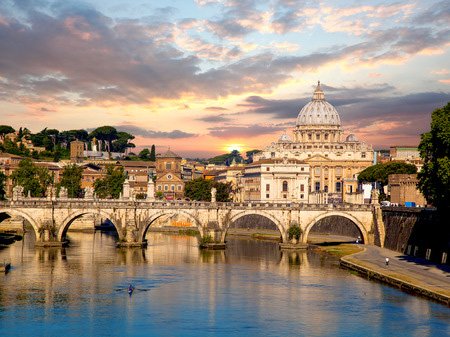
Monaco
The Greek word monoikos means "single house", a term used to described a Greek colony which lived nearby in the 6th century BC. It is believed that Hercules had passed through the Monaco area, and due to this, a temple called Hercules Monoikos was built. Since then, the whole city became known as Monoikos, or Monaco.
Lying on the Mediterranean Sea coast, Monaco is one the richest countries in the world, known for its luxury hotels and casinos. With the area of merely 0.78 square miles (2.02 km2), Monaco is also one of the most culturally diverse countries, since 125 nationalities live there.
It's known as the "tax haven" and a favorite location of the rich and famous, due to its lenient tax laws. This tiny monarchy has been ruled by the same family – the House of Grimaldi – since 1297.
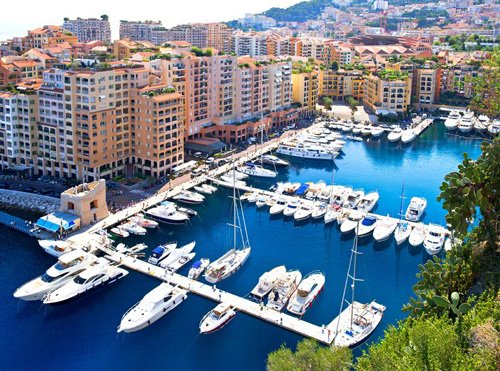
San Marino
This country takes its name from a stonemason called San Marinus (meaning Saint Marinus), who worked in the city of Rimini in modern-day Italy, but went on to create an independent community which is today San Marino. (A stonemason is someone who makes things from stone.)
Spreading across 24 square miles (61 km2), San Marino is another country existing within the borders of Italy.
Having gained independence from the Roman Empire in 301 AD, San Marino is one of the oldest sovereign nations in the world, and is governed by the Constitution of San Marino, a compilation of six books in Latin written in the 16th century.
San Marino has one of the lowest unemployment rates in Europe, no national debt, and more vehicles than people.
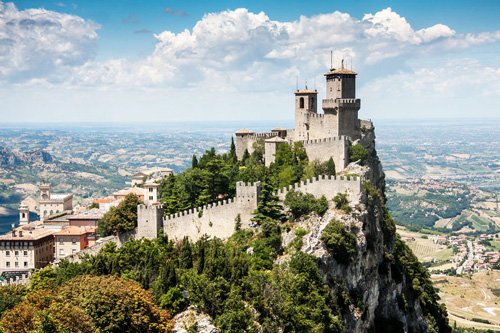
Liechtenstein
Liechtenstein is named after the Liechtenstein family. The family owned the Castle Liechtenstein in Austria. The name of the castle means "bright stone", composed of the German words licht, meaning "light" and stein, meaning "stone".
The richest country in the world based on GDP per capita (person), Liechtenstein is a monarchy bordering Switzerland and Austria. Being located in the Alps, this is a popular winter sport destination, although getting in is made more complicated by the fact that there are no airports in the country.
The 62 square miles (160 km2) big territory got its name from the Liechtenstein dynasty, formed in 1699, and it is in fact still ruled by one of the Liechtenstein princes. Their art collections are on exhibit at the Liechtenstein Museum in Vienna.
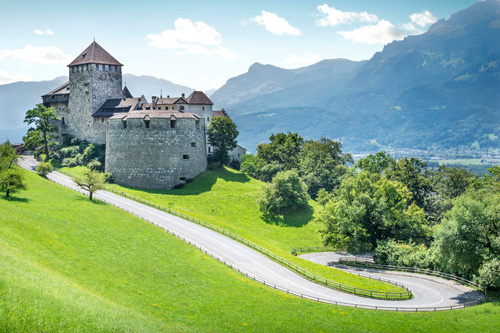
Malta
It is believed that the ancient Greeks called this island Melite, meaning "honey-sweet", probably because Malta is home to special bees which produce unique honey.
Located south of Italy, Malta is an archipelago in the Mediterranean Sea. This European Union country covers only 122 square miles (316 km2) and hosts some 450,000 people. Because of its favorable location, historically Malta was a naval base with great strategic importance.
Twelve different nations had ruled this island before its independence. Malta's beaches, history and nature attract tourists in large numbers. One of the main attractions was the Azure Window, a 92 feet (28m) tall natural arch on the island of Gozo; however, due to very stormy weather in March, 2017, both the slab and the pillar collapsed.
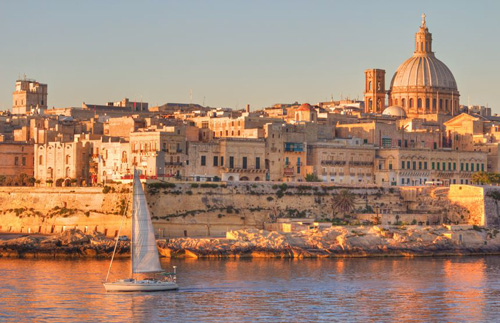
Andorra
The origin of this country's name is not certain. It is possible that Andosini, the previous form of the name, derives from handia, which in the Basque language means "big" or "giant". According to a different theory, the name might have been given by the occupying Muslim forces, since al-durra means "the forest" in Arabic.
Standing between France and Spain, Andorra is a landlocked country, created under a charter in 988. Occupying the area of only 181 square miles (468 km2), Andorra is headed by both the Bishop of Urgell in Spain and President of France. Built 3,356 feet (1,023 m) above sea level, Andorra la Vella is the highest capital city in Europe.
The residents of Andorra, some 80,000 of them, have the highest life expectancy in the world at 81 years. Tourists can use Euro as a currency, and speak in Spanish or French; yet, the official language is Catalan, spoken in the area around Barcelona in Spain.
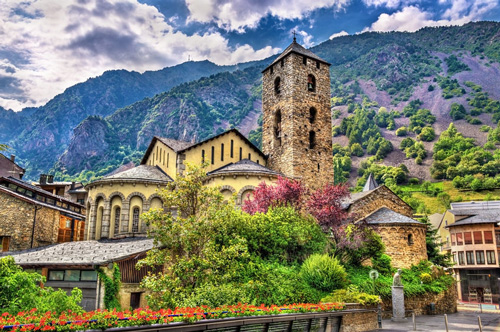
Luxembourg
Some believe that the name Luxembourg comes from a small castle called Lucilinburhuc (meaning "small castle" in Latin), which was located in the Luxembourg area at the time the country was founded.
Although small and surrounded by important European countries France, Germany and Belgium, Luxembourg is a powerful country. Luxembourg City is one of the three official capitals of the European Union, and the seat of the European Court of Justice, the highest judicial authority in the union.
This is partly because Luxembourg was very willing to mediate between France and Germany in World War II, which led to a long-lasting peace in Europe.
With the area of 998 square miles (2,586 km2), this rather small country invites tourists to enjoy its fairytale-like castles and fortresses, historic monuments and picturesque sights.
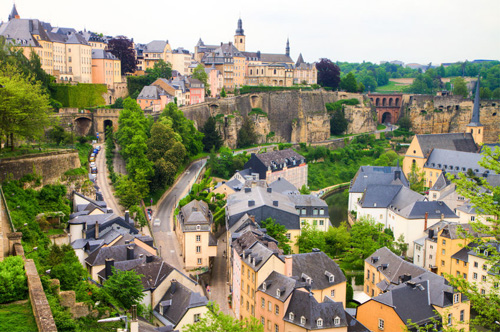
Cyprus
The name of this island may come from the word kypros meaning "copper", as copper was discovered on the island during the Bronze period (2500 B.C -1050 B.C). Thanks to copper, Cyprus became a well-known country at that time.
This Mediterranean island, located south of Turkey and north of Egypt, is where some of the earliest human activity happened in the 10th millennium BC. Once under British administration, the 3,572 square miles (9,251 km2) big island is now divided between Turkish Cypriots and those who speak Greek.
Major cities on both sides have airports, so the island is accessible all year round. Archaeological sites are scattered around the island, and the beaches are always busy. Cyprus is particularly famous for its strong wines, jewelry and leather products.
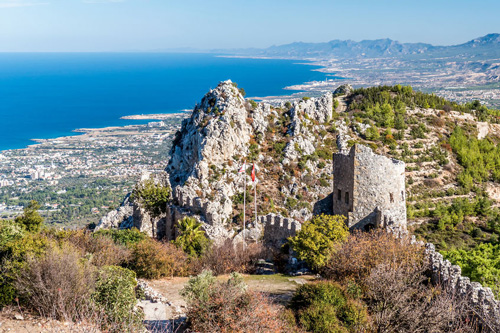
Comprehension Exercises
Vocabulary Questions
- What does "constitution" mean?
- set of political and legal principles by which a state is governed
- all international laws compiled in one document
- series of books written by the ruling royal family
- What does "lenient" mean?
- strictly prohibited
- organized during Lent
- tolerant, not so strict
- What does "mediate" mean?
- intervene in a dispute to reach agreement
- stand exactly half way between
- support both sides in war
- What does "dynasty" mean?
- the richest residents of a country
- hereditary line of rulers of a country
- group of clergymen
- What does "slab" mean?
- metal construction
- wooden bridge
- large piece of stone
Collocation Questions
- Malta was once an important __________ base.
- ocean
- marine
- naval
- The European Court of Justice is the highest judicial __________ in the European Union.
- authority
- administration
- system
- The art collection is on __________ at the Liechtenstein Museum in Vienna.
- portray
- exhibit
- show
- Monaco is also known as the "tax __________" for rich people.
- haven
- sanctuary
- oasis
- San Marino has no __________ debt.
- monarchical
- governmental
- national
- The Andorrans have the highest life __________ in the world.
- anticipation
- hopefulness
- expectancy
- Although small, Luxembourg has many __________ sights.
- picturesque
- scenic
- romantic
- Vatican City __________ admission fees for museums to boost its economy.
- charges
- asks for
- levies
- Archaeological sites are scattered __________ Cyprus.
- in
- around
- over
- Euro is the official __________ in Andorra.
- medium of exchange
- money
- currency
Wh Questions
- Why is Liechtenstein a popular winter sport destination?
- because it's mountainous
- because it's really warm
- because skiing equipment is cheap
- What is the most important legal document in San Marino?
- the six series book on the history of San Marino
- the Bible
- the Constitution
- Which two big ethnic groups live on Cyprus?
- Brits and Turks
- Turks and Greeks
- Greeks and Brits
- How was the Azure Window destroyed?
- by construction workers
- by a storm
- in war
- Who rules Andorra?
- a bishop and the British Queen
- the Pope and the Spanish President
- the French President and a bishop
Evaluating Statements
- Based on the information in this lesson, which statement is true?
- There are direct flight from Zurich to the capital of Liechtenstein.
- No flights go to Liechtenstein.
- Based on the information in this lesson, which statement is false?
- Both San Marino and Vatican City are located within Italy.
- Both Luxembourg and Vatican City are located within Italy.
True or False?
- Based on the information in this lesson, is the following statement true or false?
"The European Union has only one capital, and it is located in Luxembourg City." - True
- False
- Based on the information in this lesson, is the following statement true or false?
"Many rich people like to spend time in Monaco because they don't have to pay high taxes." - True
- False
Answer Key
1. A | 2. C | 3. A | 4. B | 5. C | 6. C | 7. B | 8. B | 9. A | 10. C | 11. C | 12. A | 13. A | 14. B | 15. C | 16. A | 17. C | 18. B | 19. B | 20. C |21. B | 22. B | 23. B | 24. A
Get Updates, Special Offers, and English Resources
Download your FREE GIFT (the first two chapters of
English Short Stories Book and Workbook)
as soon as you join!

By submitting your email, you consent to receiving updates and newsletters from us and to the sharing of your personal data with third parties for the purposes of sending you communications. We will not spam you. You can unsubscribe at any time. For more information, please see our privacy policy.





